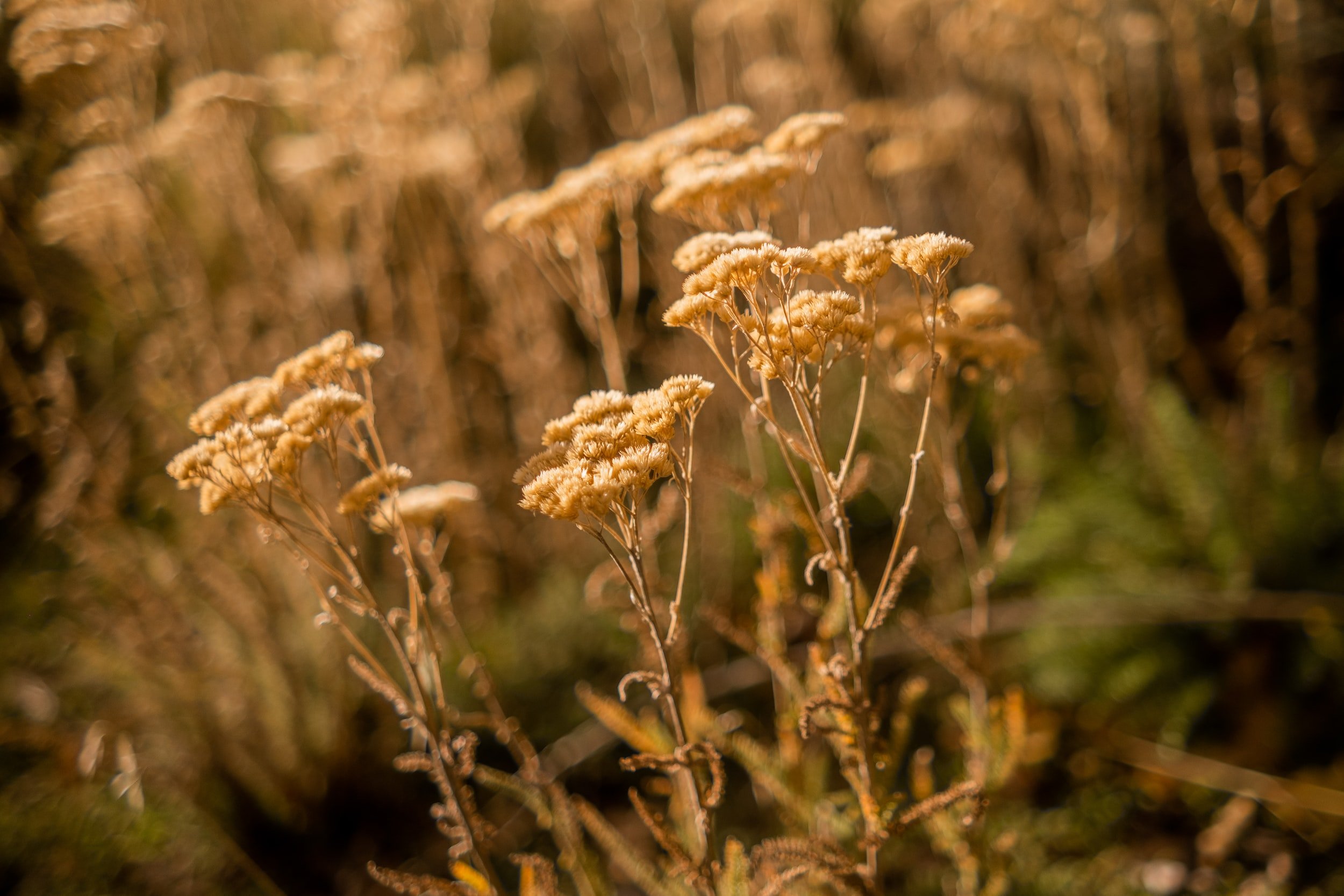
Planting for Prairie Dogs
A quick reference for prairie dog resistant and resilient plants
Resistant
There are also plants that are “prairie dog resilient,” or tolerant to the continuous grazing typical to black-tailed prairie dogs. These types of plants are important to consider when re-vegetating or restoring the ground cover for a current or future prairie dog colony.
Resilient
Plants that are “prairie dog resistant” are essentially plants that prairie dogs do not like for one reason or another. These types of plants are important to consider when planning a prairie dog vegetation barrier or buffer zone as a deterrent.
In general, prairie dogs tend to dislike or ignore plants with the following characteristics:
sticky
bad smelling
prickly
woody
milky
sappy
What do we mean by resistant and resilient?
and which is right for your management goals?
Some plants can be both resistant and resilient!
While we want you to know that options are out there, keep in mind that effective plant choices are highly dependent on your location, climate, current habitat quality, goals, and other variables.
An Incomplete List of Prairie Dog Resistant and/or Resilient Plant Species
-
American Vetch
Vicia americana
-
Heath Aster
Symphyotrichum ericoides
-
Purple Aster
Machaeranthera tanacetifolia
-
Hairy Goldenaster
Heterotheca villosa
-
Prairie Bluebells
Mertensia lanceolata
-
Native Blue Flax
Linum lewisii
-
Blue Grama
Bouteloua gracilis
-
Bracted Vervain
Verbena bracteata
-
Buffalograss
Bouteloua dactyloides
-
Butterfly Weed
Asclepius tuberosa
-
Clammyweed
Polanisia dodecandra
-
Curlycup Gumweed
Grindelia squarrosa
This list is growing!
Please check back for updates and contact us for additions you would like to see. Thank you to those that have contributed time, energy, and hard work to cataloguing this list, including Habitat Harmony and Pam Wanek of Prairie Preserves.
While you are here…
A Note About Invasive and Non-Native Weeds
& their presence on prairie dog colonies and your land.
Commonly-Used Terms
Keep in mind, exact definitions and categorizations can vary by region and agency.
Non-native or introduced plants are individuals that do not originate in the ecosystem they have found themselves in. Most commonly, plants are shipped and moved around the world for aesthetic or economic value. Planting native plants on your land not only supports local ecosystems and pollinators, but ensures that invasive plants are not unintentionally spread to other areas or nearby open spaces.
Invasive plants are non native plants that also pose harm to the new ecosystem they were introduced to. Consequently, they usually have no natural enemies to limit their spread and have the potential to significantly alter the native plant composition and/or ecosystem function.
Noxious weeds are non-native plants that have been designated by an agricultural or other governing authority as harmful to agriculture, livestock, humans, or natural habitats.
Every U.S. state’s agriculture agency has a public list of invasive plants and noxious weeds in need of control.

